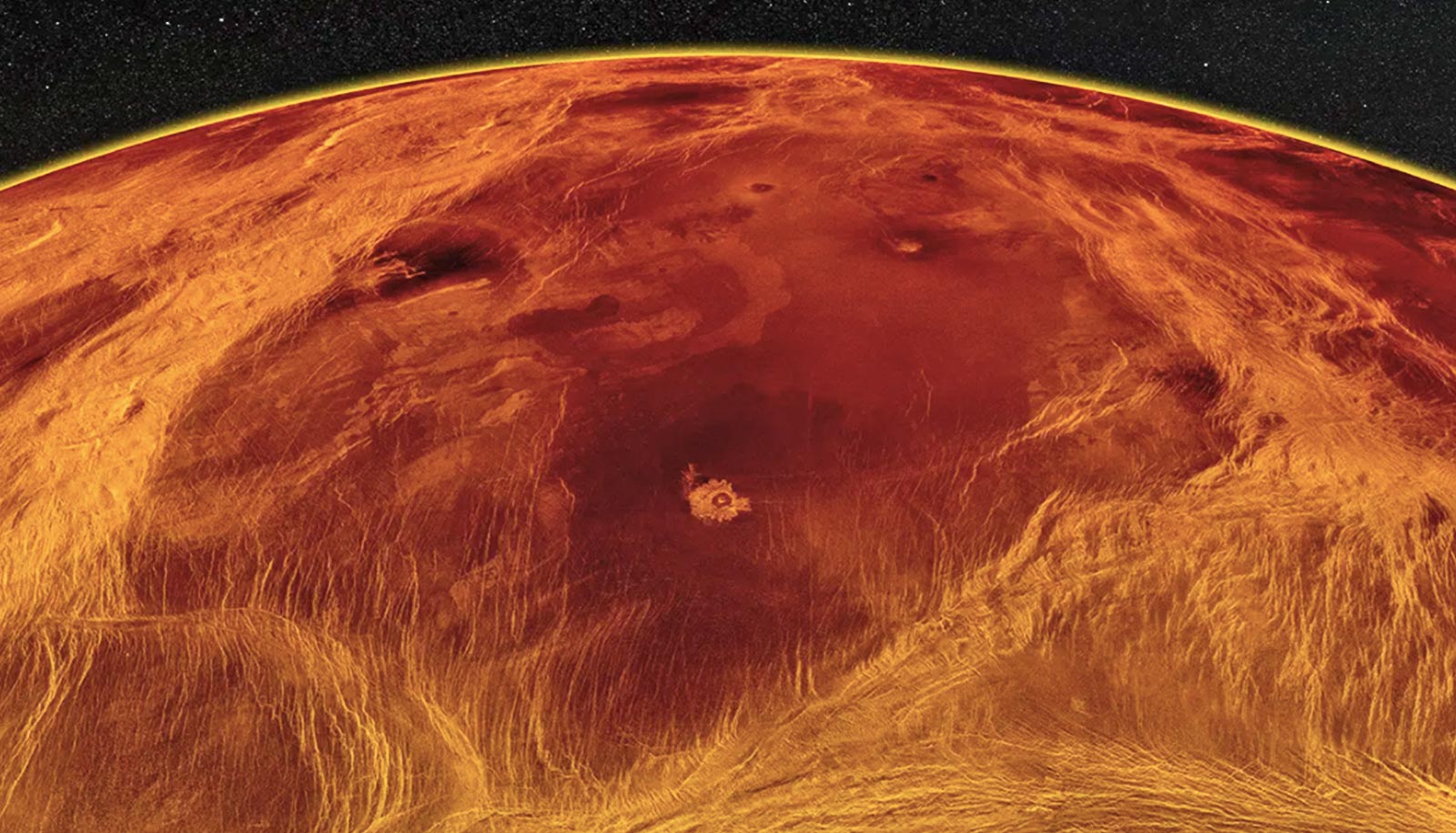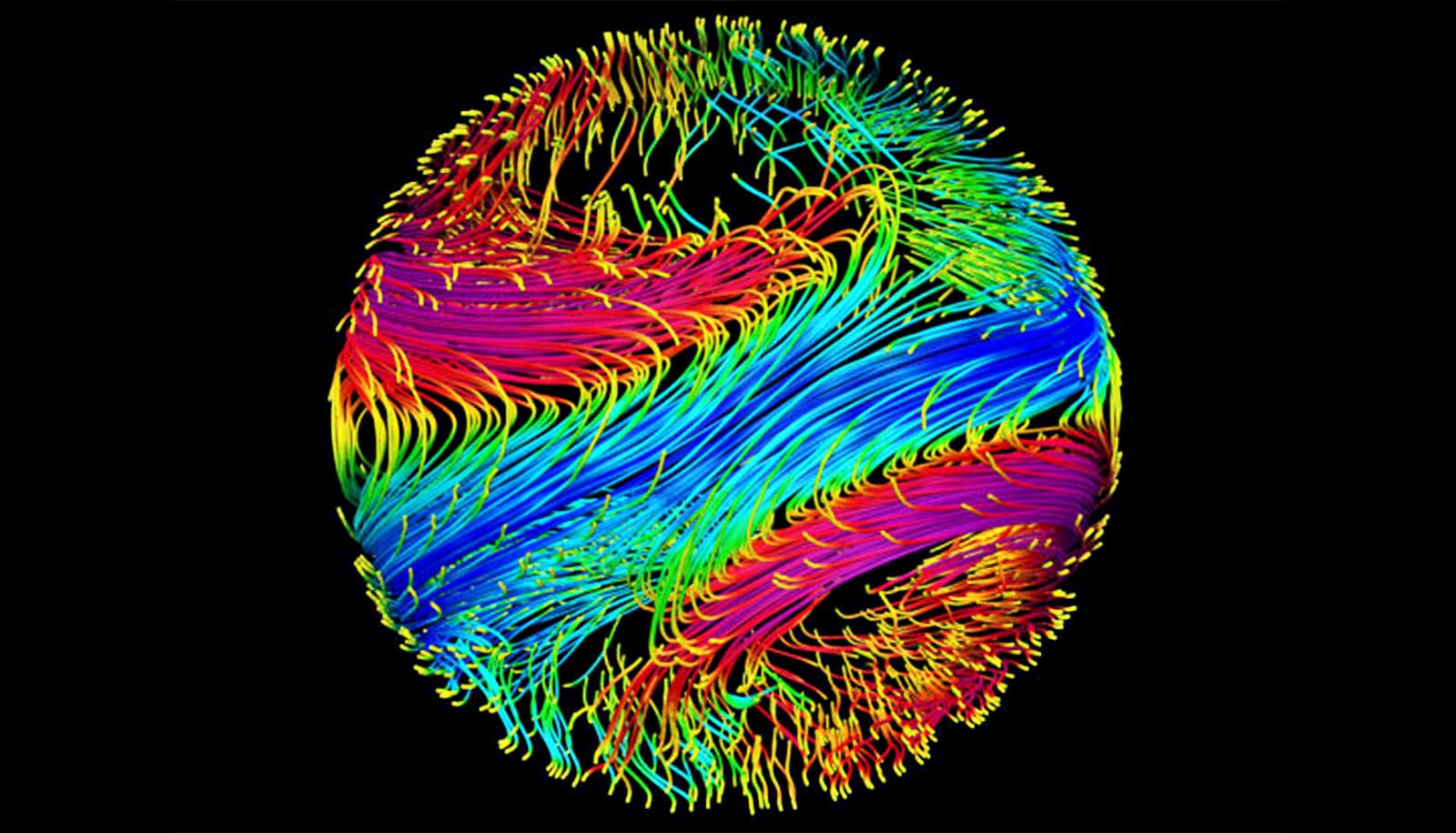A new analysis of Venus’ surface shows evidence of tectonic motion in the form of crustal blocks that have jostled against each other like broken chunks of pack ice.
The movement of these blocks could indicate that Venus is still geologically active and give scientists insight into both exoplanet tectonics and the earliest tectonic activity on Earth.
“We’ve identified a previously unrecognized pattern of tectonic deformation on Venus, one that is driven by interior motion just like on Earth,” says Paul Byrne, associate professor of planetary science at North Carolina State University and lead and co-corresponding author of the study in the Proceedings of the National Academy of Sciences.
“Although different from the tectonics we currently see on Earth, it is still evidence of interior motion being expressed at the planet’s surface.”
Mantle flow on Venus
The finding is important because Venus has long been assumed to have an immobile solid outer shell, or lithosphere, just like Mars or Earth’s moon. In contrast, Earth’s lithosphere is broken into tectonic plates, which slide against, apart from, and underneath each other on top of a hot, weaker mantle layer.
Byrne and colleagues used radar images from NASA’s Magellan mission to map the surface of Venus. In examining the extensive Venusian lowlands that make up most of the planet surface, they saw areas where large blocks of the lithosphere seem to have moved: pulling apart, pushing together, rotating, and sliding past each other like broken pack ice over a frozen lake.
The team created a computer model of this deformation, and found that sluggish motion of the planet’s interior can account for the style of tectonics seen at the surface.
“These observations tell us that interior motion is driving surface deformation on Venus, in a similar way to what happens on Earth,” Byrne says. “Plate tectonics on Earth are driven by convection in the mantle. The mantle is hot or cold in different places, it moves, and some of that motion transfers to Earth’s surface in the form of plate movement.
“A variation on that theme seems to be playing out on Venus as well. It’s not plate tectonics like on Earth—there aren’t huge mountain ranges being created here, or giant subduction systems—but it is evidence of deformation due to interior mantle flow, which hasn’t been demonstrated on a global scale before.”
‘Pack ice’ clues
The deformation associated with these crustal blocks could also indicate that Venus is still geologically active.
“We know that much of Venus has been volcanically resurfaced over time, so some parts of the planet might be really young, geologically speaking,” Byrne says. “But several of the jostling blocks have formed in and deformed these young lava plains, which means that the lithosphere fragmented after those plains were laid down. This gives us reason to think that some of these blocks may have moved geologically very recently—perhaps even up to today.”
The researchers are optimistic that Venus’ newly recognized “pack ice” pattern could offer clues to understanding tectonic deformation on planets outside of our solar system, as well as on a much younger Earth.
“The thickness of a planet’s lithosphere depends mainly upon how hot it is, both in the interior and on the surface,” Byrne says. “Heat flow from the young Earth’s interior was up to three times greater than it is now, so its lithosphere may have been similar to what we see on Venus today: not thick enough to form plates that subduct, but thick enough to have fragmented into blocks that pushed, pulled, and jostled.”
NASA and the European Space Agency recently approved three new spacecraft missions to Venus that will acquire observations of the planet’s surface at much higher resolution than Magellan.
“It’s great to see renewed interest in the exploration of Venus, and I’m particularly excited that these missions will be able to test our key finding that the planet’s lowlands have fragmented into jostling crustal blocks,” Byrne says.
Additional coauthors are from Columbia University; the University of London, Surrey; Istanbul Technical University; Baylor University; and the University of Georgia.
Source: NC State


